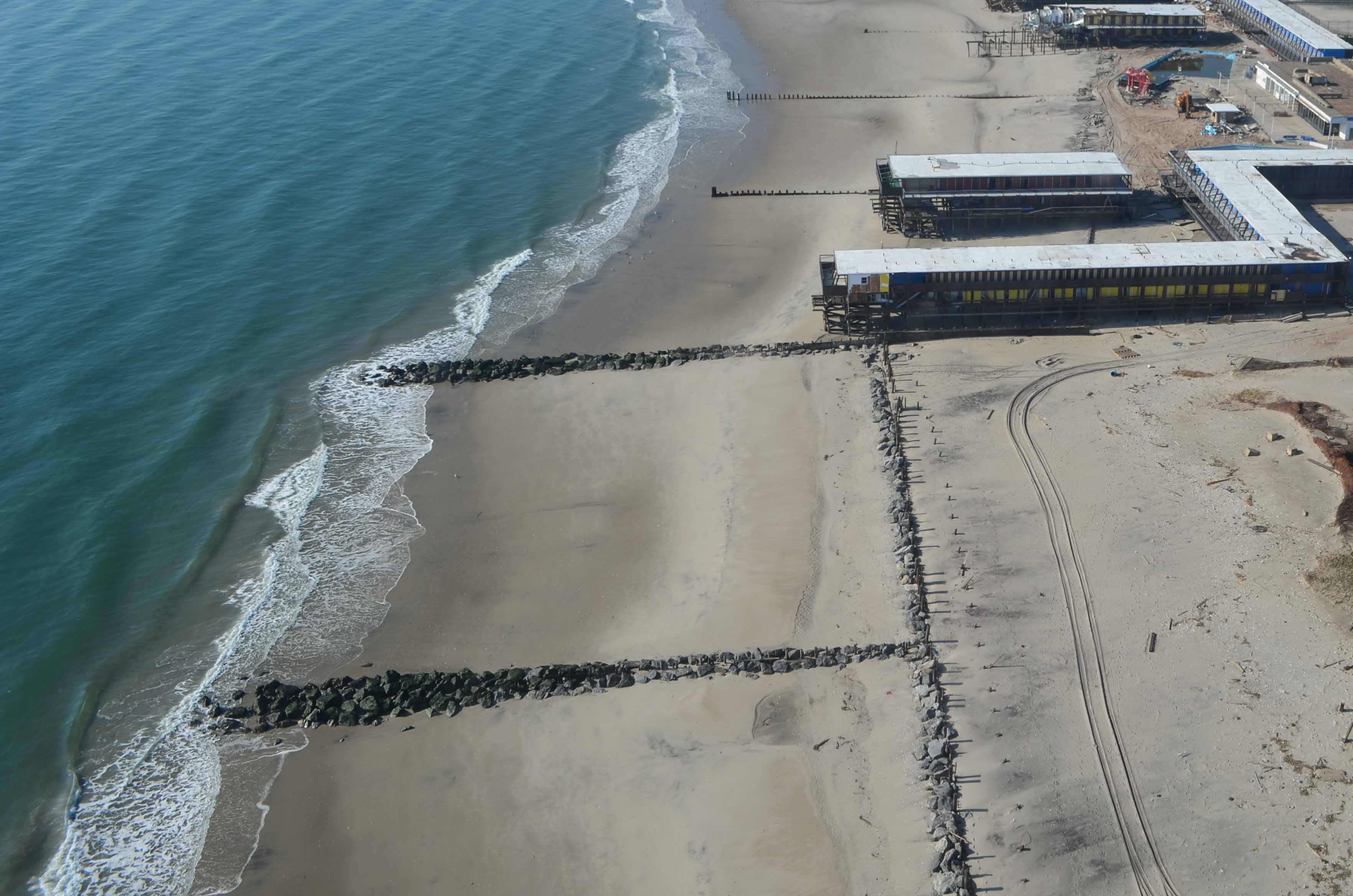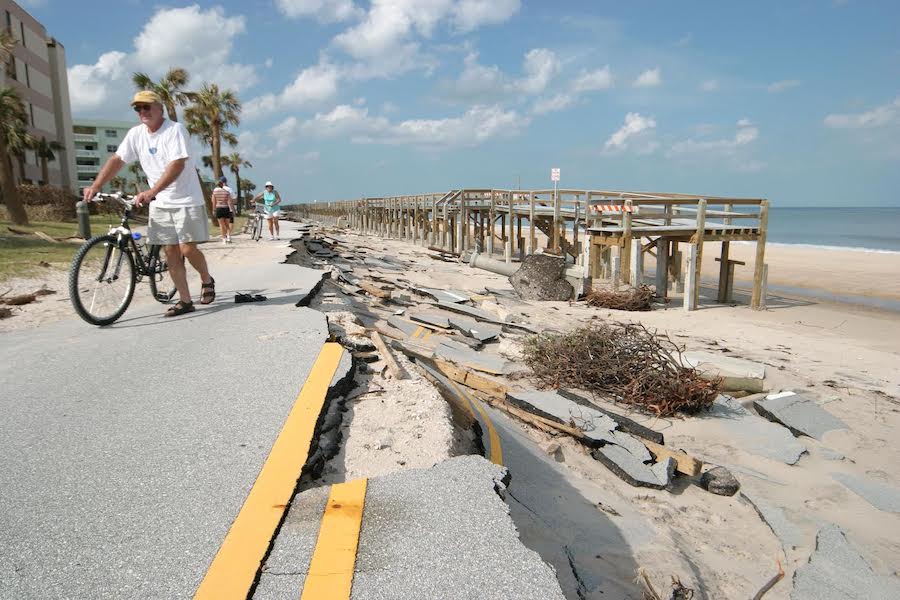The 30-Second Trick For Shore Protect Team
Shore Protect Team for Beginners
Table of ContentsAll About Shore Protect TeamThe Single Strategy To Use For Shore Protect TeamHow Shore Protect Team can Save You Time, Stress, and Money.Shore Protect Team Things To Know Before You Get ThisThe Shore Protect Team PDFsNot known Incorrect Statements About Shore Protect Team Getting The Shore Protect Team To Work
Decrease in residential or commercial property value: As the location tourist is influenced by erosion, so after that is the economic climate. Buyers are less likely to look for a coastline home that could be damaged anytime by the approaching flooding and disintegration emergency. Consequently, building value can drop exceptionally and impact the whole area.Whether a beach is just tiny and jampacked or needs to shut entirely for the safety of the ecological community and nearby residential or commercial properties, this considerably impacts tourist. Consequently, regional economic climates are impacted (https://freeimage.host/shrprtcttm). Threat of injury: The enhanced danger of flooding and architectural failings triggers an increased risk of injury to close-by visitors and community participants

Shoreline stabilization is straight relevant to their job. Beachfront resorts: Since shoreline erosion influences tourist, it affects the success of waterside hotels.
The Basic Principles Of Shore Protect Team
Coastal business companies: No tourists means no service. Coastal state parks: State parks that exist along shorelines are at risk of damage.
Difficult stablizing utilizes synthetic structures as defense to regulate erosion. Many forms of tough stablizing like seawalls and sheet metal are not suitable for coastline stabilization.
Excitement About Shore Protect Team
There's also inadequate proof of their effectiveness depending on the sort of shoreline and neighborhood conditions. Tough stablizing strategies have a tendency to be harder to mount and don't match the all-natural aesthetic, protruding like a sore thumb and damaging regional environments in many circumstances. Beach nourishment is the process of including shed sand and sediment back to beaches after disintegration has occurred.
TrapBags aid in the procedure of beach nourishment by securing all-natural environments and allowing plants to grow. While this procedure can be costly and is not irreversible, the pros tend to exceed the cons. TrapBag obstacles deal numerous properties that make them suitable for coastal and riverbank disintegration defense. They're: Eco friendly: You can use native soil both to border and to load the TrapBags.

How Shore Protect Team can Save You Time, Stress, and Money.
They can also be mounted without any hefty equipment. Economical: TrapBags are perfect for both small and big locations of shoreline.
Integrated with a high building cost, this has actually resulted in raising use other soft engineering coastal management alternatives such as coastline replenishment. Seawalls are constructed from different products, most typically strengthened concrete, boulders, steel, or gabions. Other possible building and construction products consist of plastic, timber, aluminum, fiberglass composite, and eco-friendly sandbags made from hemp and coir. The suitable seawall style counts on location-specific elements, including surrounding erosion processes. There are 3 main kinds of seawalls: upright, rounded, tipped, and mounds (see table below).
All-natural barriers, such as coral reefs and mangrove woodlands, prevent the spread of tidal waves and the flow of seaside waters and reduced the flooding and rise of water. A cost-benefit approach is an efficient means to figure out whether a seawall is suitable and whether the advantages are worth the cost.
4 Easy Facts About Shore Protect Team Explained
A seawall is a fixed feature which can contravene the vibrant nature of the coastline and restrain the exchange of sediment between land and sea. The table below summarizes some positive and adverse impacts of seawalls which can be utilized when comparing their efficiency with other coastal administration alternatives, such as beach nutrients. [] Benefits and drawbacks of seawalls according to Short (1999) Advantages Negative aspects Lengthy term solution in comparison to soft coastline nutrition.

This can trigger coastlines to dissipate, rendering them useless for beach goers. Generally, seawalls can be a successful means to regulate coastal erosion, however just if they are built well and out of materials that can endure the force of ongoing wave energy.
How Shore Protect Team can Save You Time, Stress, and Money.
Integrated with a high construction cost, this has resulted in increasing use various other soft design seaside management alternatives such as beach replenishment. Seawalls are built from various products, most generally strengthened concrete, boulders, steel, or gabions. Other feasible building materials consist of plastic, wood, aluminum, fiberglass composite, and naturally degradable sandbags constructed from jute and coir. The appropriate seawall style depends on location-specific elements, consisting of surrounding erosion processes. There are three main kinds of seawalls: vertical, bent, stepped, and piles (see table below).
Natural barriers, such as reef and mangrove woodlands, stop the spread of tidal waves and the flow of coastal waters and minimized the flooding and surge of water. A cost-benefit technique is a reliable way to establish whether a seawall is proper and whether the benefits are worth the expenditure.
Shore Protect Team for Beginners
A seawall is a fixed attribute which can contravene the dynamic nature of the coast and impede the exchange of sediment in between land and sea. The table listed below sums up some positive and negative effects of seawalls which can be used when contrasting their efficiency with various other seaside administration choices, such as coastline nourishment. [] Benefits and drawbacks of seawalls according to Short (1999) Advantages Disadvantages Lengthy term service in comparison to soft coastline nutrition. bulkhead maintenance.

This can trigger coastlines to dissipate, rendering them ineffective for beach goers. Usually, seawalls can be a successful means to regulate coastal disintegration, but just if they are created well and out of materials that can hold up against the pressure of ongoing wave energy. Some understanding is needed of the coastal procedures and morphodynamics specific to the seawall area.